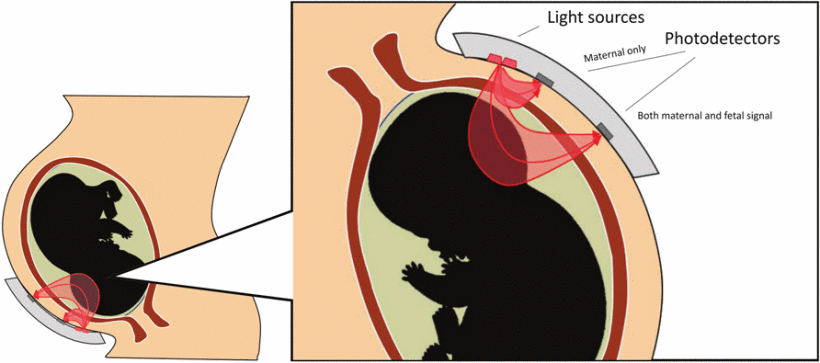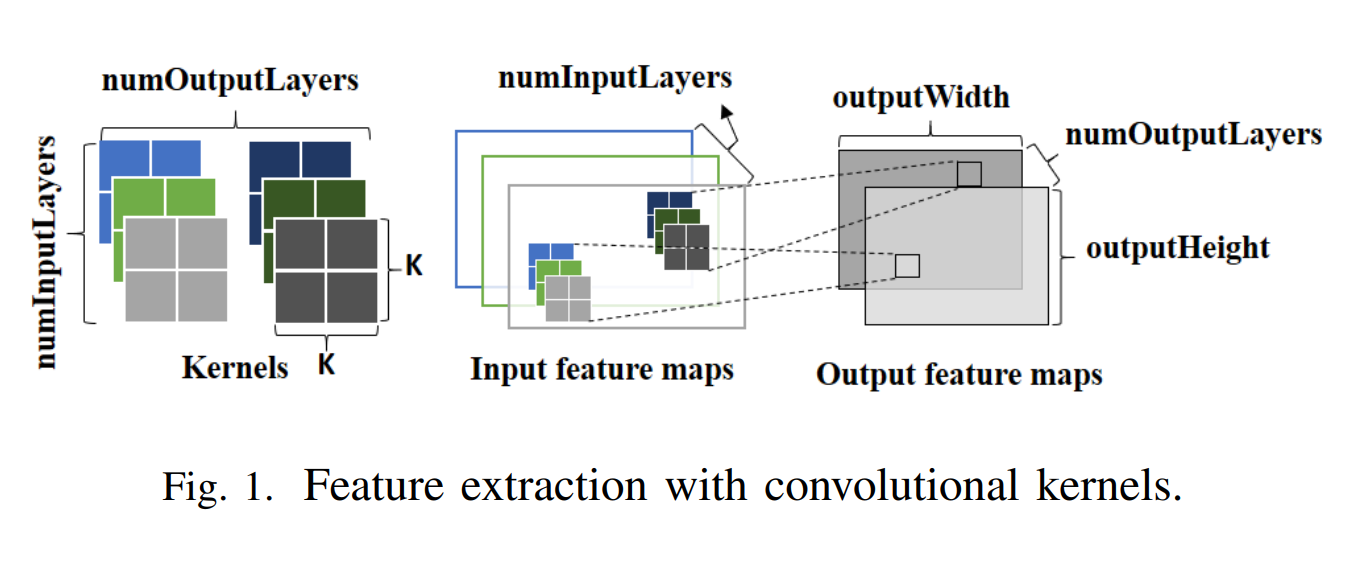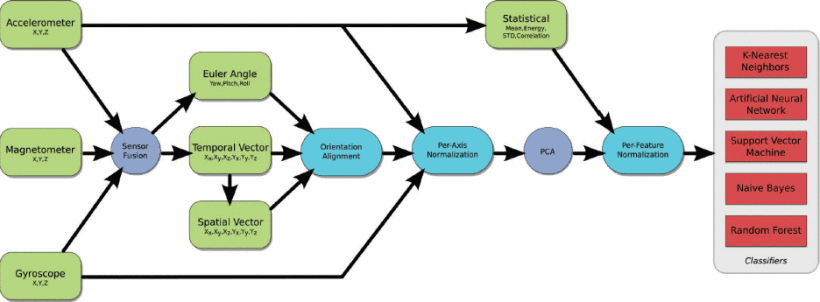Non-Invasive Bladder Volume Sensing for Neurogenic Bladder Dysfunction Management
Abstract
Many patients who suffer from spinal cord injuries (SCI) also suffer from neurogenic bladder dysfunction, and lack the sensation and control of their bladder. In order to alleviate the build up of bladder pressure from urine production and promote good renal health, it is recommended to perform clean intermittent catheterization (CIC) every 2 to 4 hours throughout the day. However, since urine production is not constant, sometimes the bladder will fill with urine to capacity before the recommended CIC time causing the patient to leak, adding unnecessary embarrassment. As such, incontinence is the primary concern of many SCI patients. Sadly, there are no practical solutions available on the market that addresses this concern. In this work, we investigate using near-infrared spectroscopy to develop a wearable and non-invasive bladder volume sensing system to provide timely alerts to SCI patients based on their current bladder volume. We showcase the feasibility of such a system using an optical phantom that mimics the bladder and by performing ex vivo measurements on a pig bladder and intestines.


 Abstract
Abstract